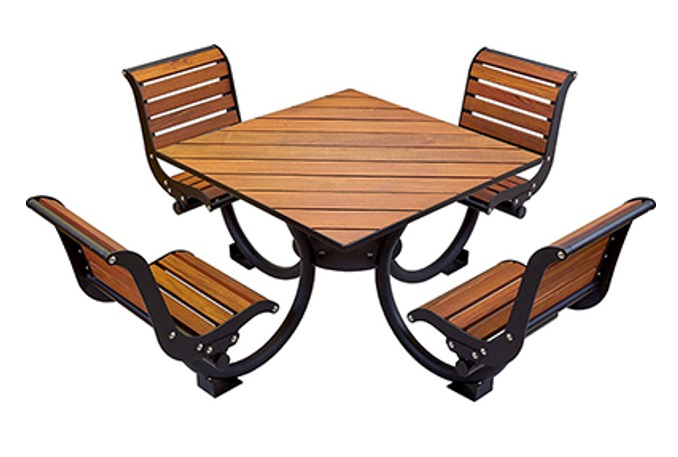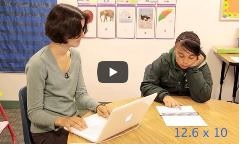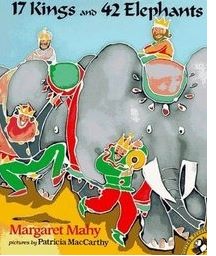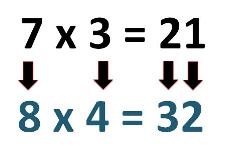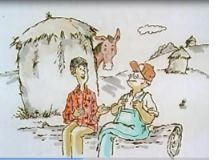
Have you ever engaged students with a Card Sort? I’ve known about Card Sorts for quite a while, but this was my first go with it. The students were engaged and the experience was useful for building their understanding of division. For sure, I’ll do more.
Marilyn BurnsDecember 1, 2024

